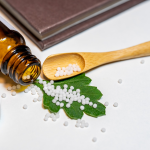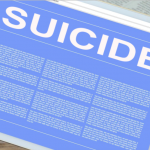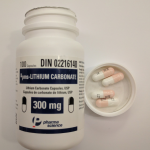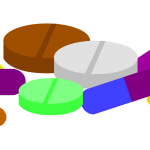It's a commonly held belief that a full moon brings out the crazies and the craziness. The word "lunatic" – derived from the combination of "luna," or moon, and "atic," meaning “of the kind of” – was first mentioned in a fourth-century Bible. A new study looks at the influence of the moon and some circadian genes on the incidence of suicide.
suicide
Will Tylenol alleviate severe pain? It will not, yet patients are routinely given the drug after major surgery. Thank your congressman for such insanity. Meanwhile, the drug store conglomerate CVS displays real pain relievers right next to useless homeopathic "remedies." A lawsuit could put an end to that dubious marketing practice.
With every horrific mass shooting, the media and the politicians bring out the same tired facts and solutions. While research into gun violence has been deliberately dampened [1], there are studies that help us to characterize gun violence. As mythical police officer Sgt. Joe Friday said, “Just the facts, ma’am.”
Does marijuana use affect mental health? Cato Institute's Dr. Jeffrey Singer and colleagues address just this in a new pre-print of a paper that is undergoing peer review. The preprint can be read on the medRxiv site.
A recent article in The Washington Post demonstrates that when opioid medications become less available to veterans, suicide rates go up. And not by a little. This only serves to further show the extent of damage done by foolish U.S. drug policies.
For every additional microgram per liter of lithium in the water supply, the suicide rate dropped by 0.27 per 100,000 people per year.
The denial of prescription analgesic medication to chronic pain patients has caused unnecessary suffering. But it has also driven up the suicide rate, trapping those who cannot bear to live without the drugs that have kept them functioning for years. ACSH advisor Red Lawhern, Ph.D., discusses the tragedy of intolerable pain.
The Office of National Statistics in Great Britain reports that the number of suicides last year surged nearly 12% over those in 2017. Contrary to popular myth, suicides are preventable. The reason? Suicide is often a spur-of-the-moment decision. Therefore, if that impulse can be interrupted there's a good chance a life can be saved.
A 16-year-old girl uses her social media account to post this question: Should I kill myself? Sixty-nine percent of people who responded said yes. So she did. This isn't the plot of a twisted new movie. This, according to a report coming from Malaysia, actually happened. There are four important points to discuss stemming from this tragedy.
Of course, not all causes and manners of death are within our control. Nor should we be so preoccupied with them that we avoid living. But the National Safety Council's annual report proves to be an interesting read, given a 5.3% increase in preventable-injury-related deaths.
The deadliest occupational group for men was "construction and extraction," with a suicide rate of 53.2 per 100,000 in 2015. For women, the deadliest group was "arts, design, entertainment, sports, and media," with a suicide rate of 15.6 per 100,000.
In New Zealand, the Chief Censor adjusted the movie's rating due to "triggering" content. Is this a reasonable health-based decision to protect moviegoers?











